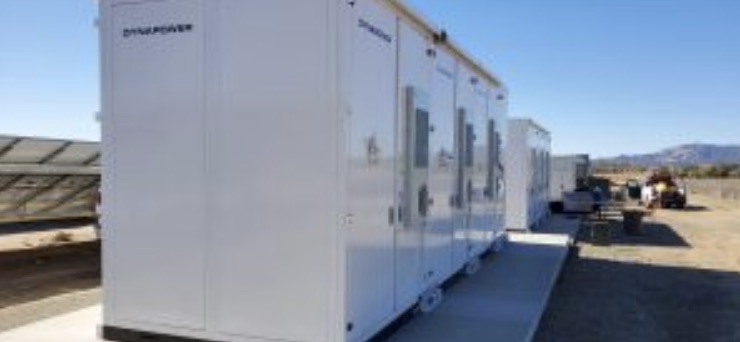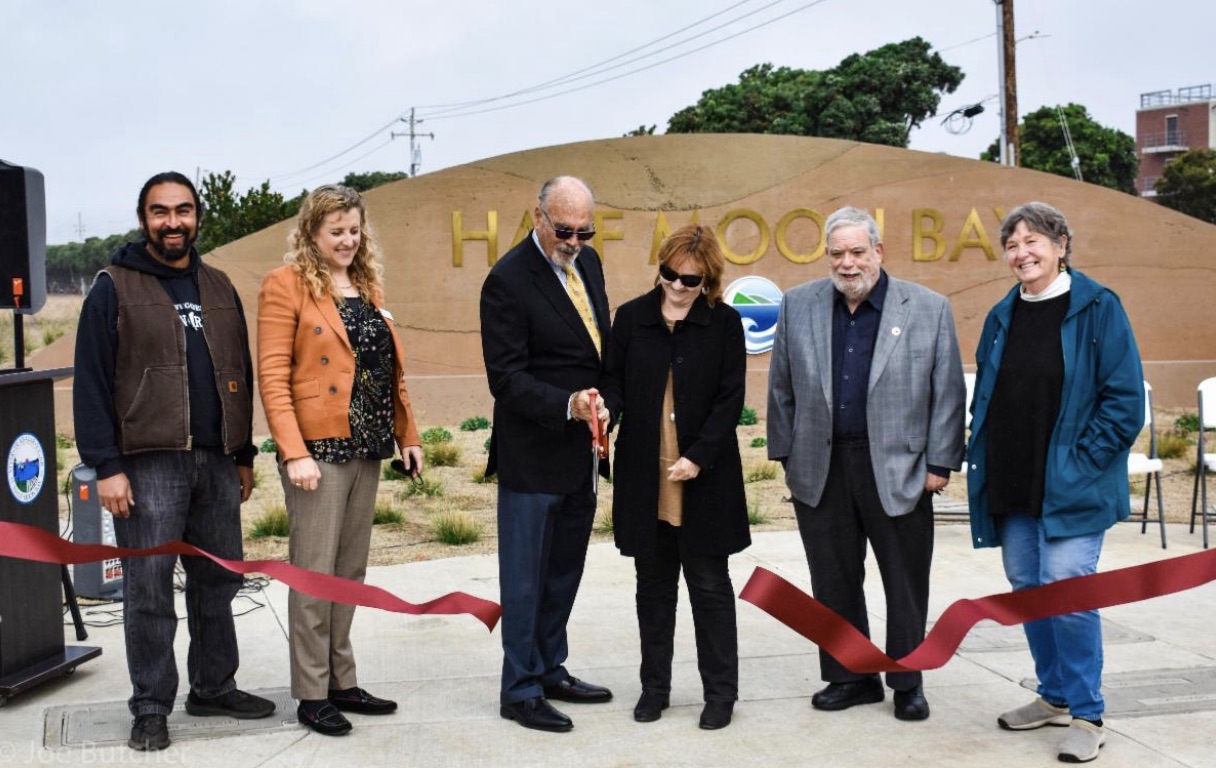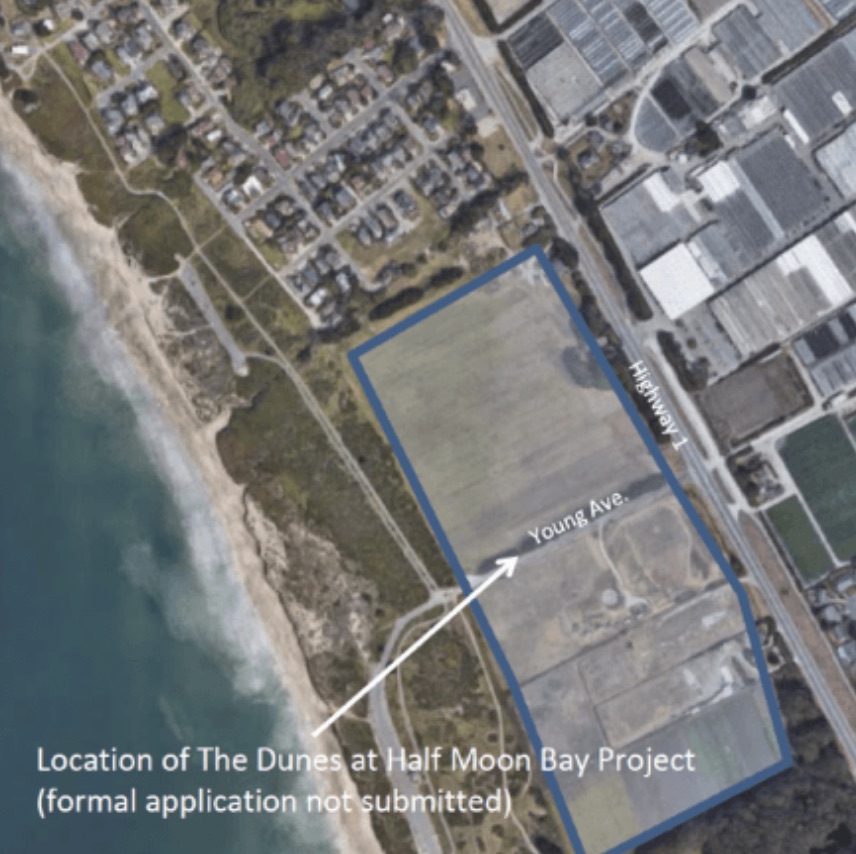|
Getting your Trinity Audio player ready...
|
ARTICLE. From Microgrid Knowledge, July 19, 2021 by
Rural electric cooperatives often don’t own their own power resources and usually rely on other utilities’ lines for importing power, which can create challenges during public safety power shutoffs (PSPS) or grid outages. Microgrids can help solve these problems.

Battery installation. Photo courtesy of Anza Electric Cooperative.
Take, for example, Anza Electric Cooperative, which is located in a high desert, fire-prone region of Southern California that’s often on PSPS watch during fire season.
The cooperative, in Riverside County at an elevation of about 4,000 feet, is dependent on Southern California Edison (SCE) lines to import power. And, until recently, the company was 100% dependent on those lines. But with its new microgrid, deployed in December, Anza Electric is capable of better operating on its own during PSPS or outages, said Kevin Short, general manager at Anza Electric. And with the potential for fires only increasing, the microgrid is an important move.
Anza Electric began its microgrid journey in 2017, when the electric cooperative was shut down twice by SCE because of fire threats.
Costly Diesel Backup
During one of the outages, Anza Electric was out of power for 10 days during the hottest time of the year and used portable diesel generators to provide power to two-thirds of its load. The cooperative had added some solar by that time, which helped meet the load.
A study conducted 12 years ago had already revealed that adding a new transmission line to the cooperative would cost more than the cooperative’s total value, said Short.
At first, Anza Electric turned to solar for help, and then more recently, added a microgrid.
“Our import capacity is very limited, another transmission line was too expensive. We had to become self-reliant for resources,” said Short.
After developing some solar resources, the company in early 2019 entered into an agreement with the Santa Rosa Indian Tribe and GRID Alternatives, a nonprofit solar installer, to build a 1-MW solar array on tribal land. The California Community Services Department provided a grant of $2 million to GRID Alternatives to build the project — the first utility-scale community solar project in rural California — sized at 1,745 MWh, according to a summary of the project.
The microgrid was made possible through a partnership with Arizona Electric Power Cooperative (AEPCO), which owns the GRID Alternatives array, and Anza Electric acquired the power through a power purchase agreement. AEPCO compensates Anza for operating and maintaining the solar array. The solar plant is located in Anza Electric’s territory and is directly interconnected to one of Anza’s substations, said Short.
The grant was provided because some of the solar will go to the tribe and low-income households, Short said.
After the array was built, additional solar and batteries were added.
In early 2019, AEPCO requested bids for the SunAnza Phase II solar array, with battery storage and microgrid controller capability. It chose a package from Engie NA, which provides low-carbon energy and services, according to a summary of the project.
The Phase II project includes 1.4 MW of PV and a 2-MW/4-MWh battery. Together, the battery and storage cost $.076 per KWh through 2039. This is below the cooperative’s average energy cost of $.085 per KWh, according to the project summary.
Right now, with a total of 3.4 MW of solar in its territory and 1 MW of solar on the Santa Rosa Indian Tribe reservation, plus the battery, Anza Electric can use up to 7 MW of solar and battery power if no power is available from SCE, said Short.
Microgrid Assures Water During Grid Outages
In addition to helping avoid a transmission upgrade, the microgrid regulates voltage during outages, and solar helps keep batteries charged during the day, said Short.
The microgrid allows the cooperative to feed its critical loads, especially during PSPS events. Those loads include an elementary school, a high school, local businesses such as a grocery store and post office, plus a fire station. In addition, it keeps well water running. Without power to pump water out of wells, the residents don’t get water.
“That’s a big deal here,” said Short.
If necessary, Anza Electric plans to implement rolling power events under which it can keep one circuit on for a few hours using the microgrid, then turn off power to that circuit and provide it to the next circuit.
Additional Cost Savings
The microgrid has allowed Anza Electric to save several thousand dollars this year on power costs by discharging the battery during peak demand periods for SCE, according to Short.
Short said he doesn’t know of other cooperatives that have similar projects. However, his company’s efforts have been based in part on advice from Kauai Island Utility Cooperative, which generated 68% of its power from renewables in 2020. That cooperative has a utility-scale solar field with batteries that have helped increase system reliability by 50% over the past 10 years.
Short said he’s encouraged to see that investor-owned utilities are beginning to use microgrids to help customers in remote areas avoid power outages. For example, Pacific Gas & Electric has said that it will deploy remote, off-grid microgrids at the end of wildfire-prone distribution lines.
Meanwhile, Anza’s own microgrid will allow it to better respond to its challenges.
“The advantage of the microgrid is to enable us to feed our critical loads — business loads — especially during PSPS events,” said Short.





